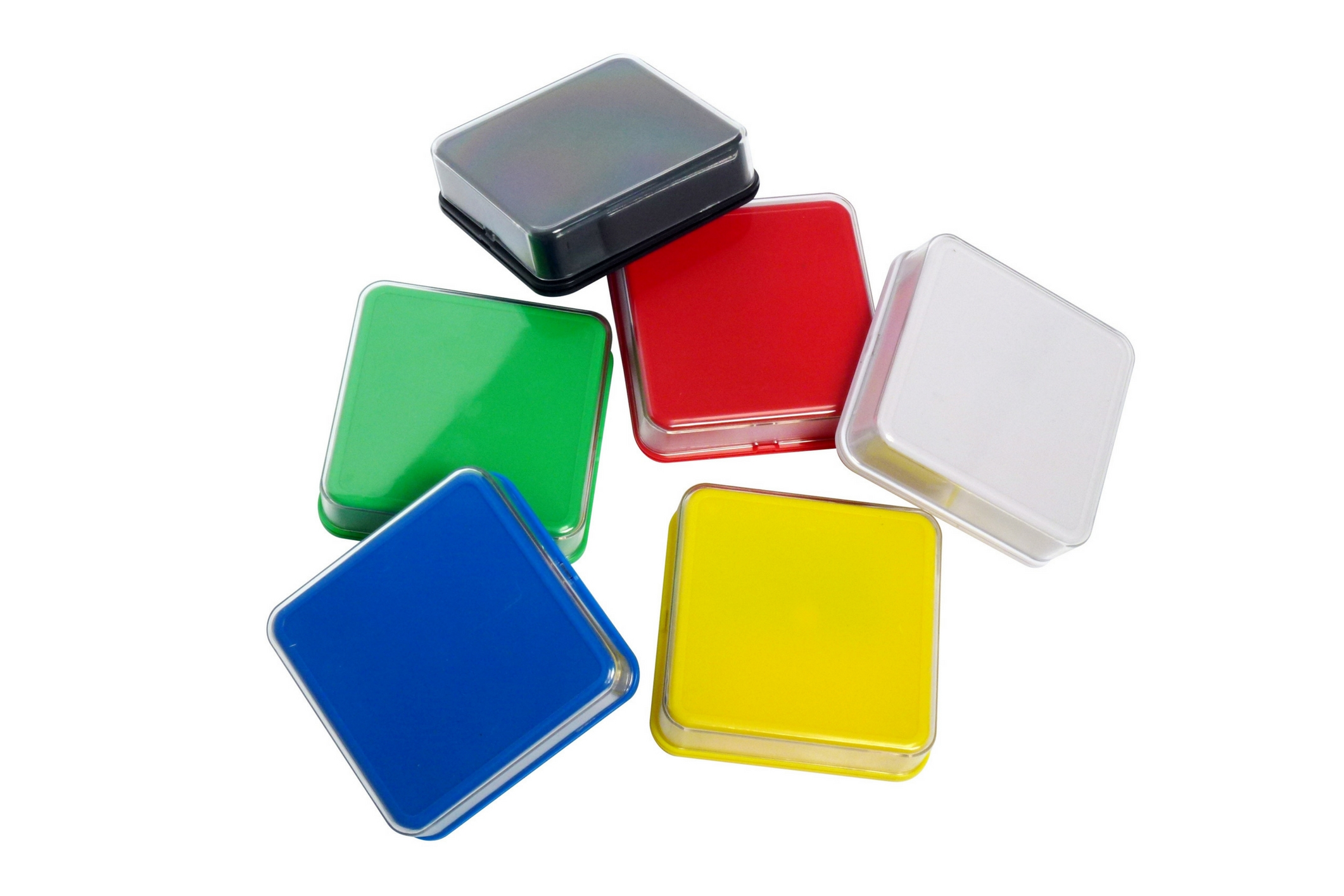BLOG


How to help kids with Sensory Processing Disorder
It might be interesting to know that Sensory Processing Disorder (SPD) is more prevalent than autism spectrum disorder and just as common as attention deficit hyperactivity disorder. For kids with SPD, the world is simply too much – too loud, too bright; food is either too soft or too crunchy and labels on clothes are always too scratchy.
Sensory Processing Disorder is a genuine physiological condition in children. It affects how their central nervous system processes input from their senses (sight, sounds, touch, taste, smell and movement), leaving them under- or over-responsive to stimuli. Everyday activities like eating and dressing can seem like a big challenge to them.
COPING WITH SENSORY PROCESSING DISORDER
With adequate support and enough time, kids can learn to develop their own coping mechanisms for Sensory Processing Disorder. Often, it is just baby steps. Here are a few ways children can learn to cope with SPD:
- Create a zone for emotional times
Creating their own, chill-out zone for times when they are feeling overwhelmed, is a good way to start. Keep the area clutter-free, quiet and dim. Some children prefer places such as corner of a closet, under a desk or table etc. Include things like their favorite books, noise-cancelling headphones, sensory toys, a beanbag chair and/or weighted blanket. Ensure that they treat this area as a refuge and not a place of punishment.
- Use visual aids
For children with sensory processing disorder, order and consistency are soothing. Kids with SPD are often visual learners who thrive when they know the system. Label bins, drawers and baskets with photos to help them become comfortable.
- Create a Schedule
Mapping out a schedule can greatly benefit those with SPD. Look for patterns and use a checklist to create their schedule. Certain times of the day can often be more challenging than others. Break down a situation or routine (for example, homework plan), into simple tasks on a whiteboard. This can prevent the child from becoming too overwhelmed.
Managing SPD at school
If your child is dealing with sensory processing issues, talk to their teacher about ways to make kids with SPD become more comfortable in the classroom. Here are a few things they can try including:
- Fidget toys and inflatable cushions for long periods of sitting, and to help with focus and concentration.
- Chewable jewelry for oral cravings.
- Listening to calming music
- Doing wall push-ups and jumping jacks for physical stimulation.
- Self-brushing in a bathroom to provide deep pressure.
- Stretching before and after periods of sitting.
- Scheduled walking and movement breaks.
- Ear plugs/muffs for fire drills and assemblies.
- Their own special place when lining up.
- Seating away from bright or noisy distractions such as doors or windows.
Sensory Processing Disorder is usually identified between ages three and 10. Children may see an occupational therapist (OT) who will prescribe a series of exercises designed to help them process stimuli. This will ultimately result in a more adaptive response to certain stimuli and help kids lead a better life in their community.

